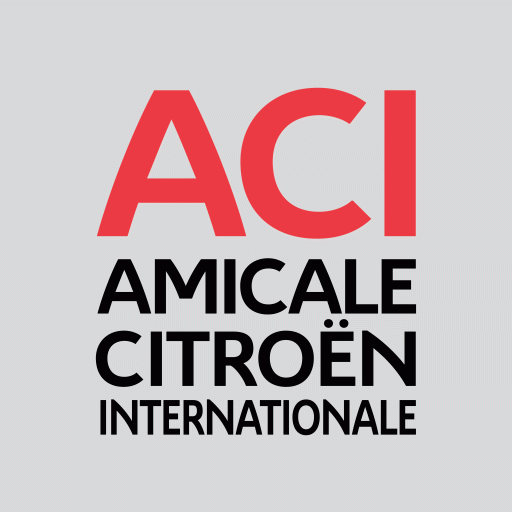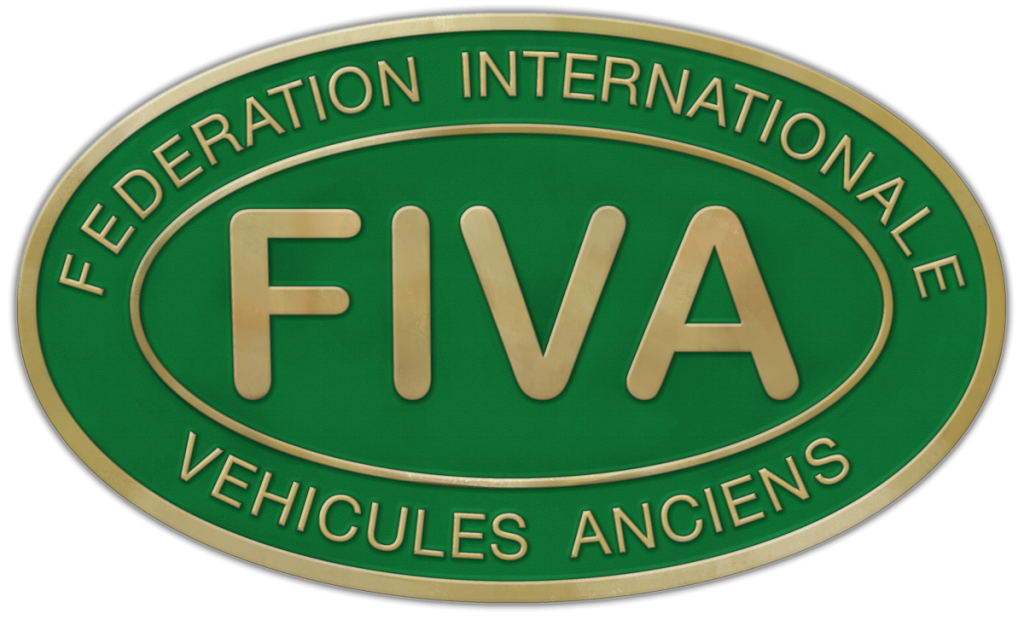The FIVA (Fédération Internationale des Véhicules Anciens) has recently published a guideline on the “Responsible Use of Historic Vehicles on Today’s Roads”. Quoting from the abstract:
“…Why do you own a historic car, motorcycle or other vehicle from the past? Perhaps it’s simply because you like it, or have a special bond with it. It’s your own time machine and your link with our mobile heritage. You spend time and money to keep it running or even to restore it, and for many driving it is the ultimate reward. Plus, maybe, to enjoy the admiring looks, smiles and thumbs-up of fellow citizens.
To ensure the continuing approval of society and the general public, safe driving and environmentally friendly behaviour are vitally important. Historic vehicle owners have a good track record when it comes to careful driving, as shown by the relatively low accident insurance premiums. What’s more, since historic vehicles aren’t used very often and, when they are, it tends to be on country roads rather than in urban centres, their contribution to overall road vehicle emission pollution is negligible.
But the world of mobility is rapidly changing. Think of the plans to ban the sale of new cars with petrol and diesel combustion engines. Think of the development of fully automated, driverless cars. Think of the many low-emission zones that have spread across Europe, in order to improve air quality, especially in urban areas.
FIVA, the worldwide organisation that unites well over 1.5 million historic vehicle owners, has updated its recommendations for responsible use that were published around 2005. This has resulted in a publication in two parts, one focusing on road safety and the other on environmentally friendly behaviour.
We’d ask you to read these recommendations and tips carefully, and try to put them into practice. It will encourage most bystanders and other road users to continue to appreciate you and your vehicle. Take note that some of the text only applies to a certain category of historic vehicles, for instance to cars but not to motorcycles. Please see the two parts as two sides of the same coin, as road safety and respect for the environment are twin elements of the overarching principle of responsible use.
This publication is designed to help you ensure that even the relatively insignificant adverse effects of the preservation and use of historic vehicles are kept to an absolute minimum, through the application of best practice in their use, preservation and maintenance.”
Different languages are available for direct download:
* Dutch,
* English,
* French / en francais,
* Deutsch,
* Greek and
* Slovenian.
We kindly recommend you to spread this information to your clubs and members. Thank you.


